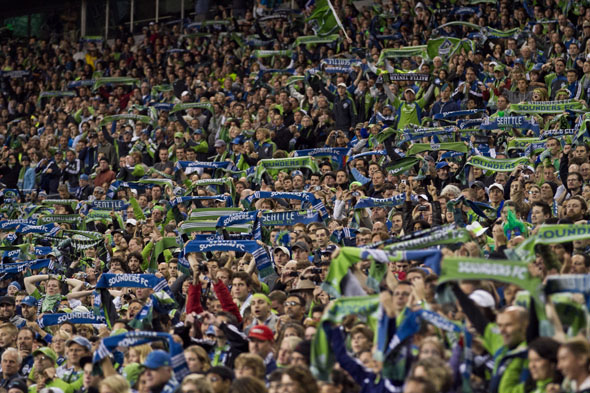
As the Portland Timbers and the Vancouver Whitecaps enter Major League Soccer as part of the league’s continued expansion, we thought it would be instructive to visit one of the many mysteries of the MLS — its ownership. How does it actually work?
The MLS operates under a single-entity structure. That means teams are centrally controlled and owned by the league. Each team has an owner-operator and the team owners are shareholders in the league. To keep costs under control, the league shares revenues, negotiates player contracts and imposes a salary cap that grew to $2.55 million in 2010.
The league fought a bitter legal battle with its players over its economic system, which players complained restricted their ability to earn a reasonable salary as well as restrict their ability to negotiate with other clubs. But this was eventually resolved with the players gaining some improved benefits in return for accepting the single entity structure. A court had also ruled that even absent their collective bargaining agreement, players could opt to play in other leagues if they were unsatisfied.
The league’s single-entity structure has controlled costs and probably kept the MLS from going belly up over its first ten years. This fiscal discipline, rare in professional sports leagues and nearly non-existent in the more lucrative and well-known European soccer leagues, has attracted new owners as interest in soccer continues to grow in the U.S.
But has this rigorous financial discipline, which has its critics who want to loosen the purse strings to attract more quality soccer talent from overseas, turned a profit? As expected, there is no easy answer. The league operates a profitable marketing arm that contributes to overall league profitability. But it’s a different story for individual teams. According to the league, only the Seattle Sounders and Toronto FC turned an operating profit in 2009.

2 Comments
Wedge–the anti-thesis of the Puget Sound-region way–is in a large part responsible
CUT FIGGINS NOW!